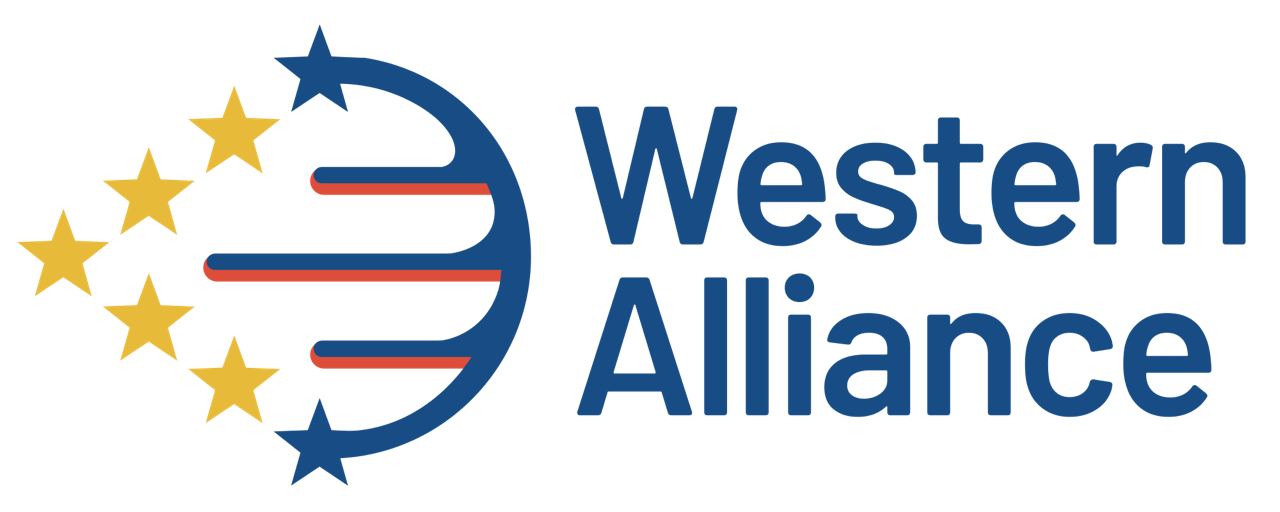HOME | DD
 RevancheRM — Western Alliance (and the WASA)
RevancheRM — Western Alliance (and the WASA)

#starfleet #deltadynamics
Published: 2021-04-04 18:13:57 +0000 UTC; Views: 3921; Favourites: 17; Downloads: 9
Redirect to original
Description
Access 15 Western Alliance emblems & images from the Download button (above)
Notes on the Western Alliance in the Delta Dynamics' canon:
The "Western Coalition" exists in the beta canon of the Section 31 novel Control (2017), but I had already created a similar political power for Earth back in 2014, taking cues from Timo Saloniemi’s Hobbyist's Guide To the UFP Starfleet and Its History. As I didn't want a similarly-named counterpart to the alpha canon Eastern Coalition (ECON), I chose to stick with my organization of aligned states, which certainly differs in origin, nature, and (some) history from the novel. (They both take direction from Dr. Crusher's statement about the unification of Earth in TNG.) The following are some of my notes regarding the Western Alliance and its impact on Earth.
Summary
The Western Alliance was the result of a 2002 economic and defensive agreement between the United States of America and the European Union, as well as a few other nations, and was crafted upon the sudden failure of the (original) United Nations in 2001. Where the original treaty (Barrik-Rosewater Mutual Cooperation Agreement) was seen as an expansion of the North Atlantic Treaty Organization (NATO), critics and the media were quick to label it the 'Western Alliance', as it was noteworthy that the only participants invited to the agreement were traditional allies and completely western. Even the prime minister of Japan noted that his country, a long-term ally of the US, was absent from any inclusive language associated with the treaty. Over time, the appellation stuck, so much so that by 2022, all self-descriptive language from Alliance spokespeople utilized it.
And a force for the West it was: almost as if to prove the point of how the United Nations was needed to mediate between differing cultures, the Western Alliance was quick to demonstrate it was all about furthering the needs of its members at the cost of the non-members. Even traditionally honorable efforts, such as humanitarian assistance, were flown under the overly-proud banner of the Western Alliance. In 2008, the American NASA and European Space Agency launched the first Aventeur mission to Jupiter and Saturn under the joint Western Alliance Space Agency banner.
In what seemed like a tremendous conciliatory gesture, in 2018 the Alliance turned over the control of the Aventeur missions to the New United Nations' recently-founded International Space Agency (ISA). Two years later (2020), they transferred their military headquarters staff and assets to the NUN, as an offering to best administrate the Department of Peacekeeping Operations. As this also came with considerable allocation of permanent troops from the Alliance member states, the inherent political power over the NUN was inarguable...and noticed.
In 2026, however, the benefits of this coordination came to light. A series of 17 asteroids was detected on collision courses with the planet, timed to occur over a three-year period, starting in 2031. The NUN, through the efforts of many of the world's nations, was able to not only send manned and drone craft to intercept and divert every single one of these cataclysmic-level threats, but actually captured and placed in Earth's L5 position six of the targets, which became mining and scientific habitats. The benefits to humanity were immediate.
This collaboration also came with lessons. Premier Lee Kuan of China, though very appreciative of the results of the planet's efforts, was inspired by how important the Eastern role was to the success of the mission. The same year, he convinced like-minded nations in both the Far and Middle East to form an alliance similar to the Western one, with the intent to grow a political base to rival that one in the New United Nations. However, it became even more clear, when the Eastern Coalition (ECON) made overt attempts to re-balance authority in their favor, that the Western Alliance held most of the best cards. This became even more apparent in 2052 when the NUN ruled against the ECON on the matter of oil field access. While Antarctica was a loss, the fact that the NUN ruled for British and American oil companies in the South China Sea was considered to be blatant hypocrisy. As a block, the ECON nations seceded from the NUN.
Numerous conflicts would break out, most especially in the South China Sea. It didn't help that Western Alliance forces engaging ECON units were returning from NUN peacekeeping operations. Impartiality was now no longer a goal; an energy crisis was looming and the world's collective 'temperature' was getting hotter. The (apparent) failure of the Columbus missions saw the United States seizing the remaining craft, the UNSS Columbus, and arming it for orbital combat. The threat to ECON facilities was implied and clear and the ECON would have none of it: just weeks after the ship was destroyed by them, the ECON's decided a nuclear war was inevitable and they took pre-emptive action. The world was at war once again.
The major devastation occurred on May 1st, 2053, with the Western Alliance losing London, Berlin, New York City, Chicago, Boston, Dallas, Toronto, and Mexico City in the nuclear devastation and hundreds of millions killed. The New United Nations responded with its own nuclear weapons against Eastern targets and three fleets invaded India and neighboring countries. The ECON struck the west coast of North America with conventional forces, quickly striking the United States all along its under-defended border with Canada.
Post-Apocalypse
The nuclear and conventional devastation was extreme, with military units leaderless and stranded throughout the world. Enough political leadership existed to form a ragtag convention in San Francisco at the end of the year, declaring a cease fire. The Western Alliance formed the political basis for emergency relief and recovery for its member states, though its efforts were stretched rather thin.
Though times were extremely difficult, especially even just for survival, it was almost 10 years to the day after WWIII began that everything changed. Zephram Cochrane demonstrated humanity's mastery of warp drive on the same day that the Vulcans announced their existence. Within two years, the New United Nations was reconvened and two years after that, the UESPA was formed. In 2069, the US had turned over all NASA facilities, spacecraft, and assets to the new agency.
The loose agreement of post-apocalyptic military units (Eastern Coalition, Western Alliance, and other non-aligned) was overseen by the NUN's new United Earth Defense Pact (UEDP), starting in 2069. When the NUN failed to re-convene in 2079, the UEDP became the de facto world government, with authority over most agencies previously operating under the NUN's aegis.
- Western Alliance Humanitarian Agency (WAHA) (2006-2079)
- Western Alliance Space Agency (WASA) (2008-2018): built from the assets of the European Space Agency; formed core part of the International Space Agency
Artwork provided by Brad Wilder of The Star Trek Design Project . Please provide attribution to Brad in any use of these logos.























